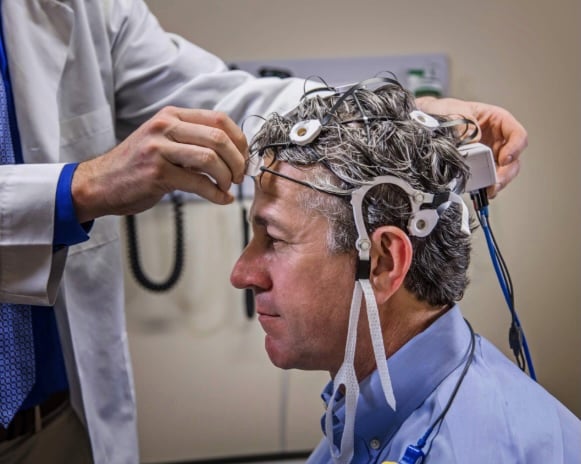Tracking Cognitive Change Over Time in Primary Care with the COGNISION® System
The challenge of monitoring cognition Cognitive complaints often emerge gradually, with patients or families describing memory lapses, reduced concentration, or slower…

The challenge of monitoring cognition Cognitive complaints often emerge gradually, with patients or families describing memory lapses, reduced concentration, or slower…

Why hidden PAD matters Peripheral arterial disease often progresses silently until patients present with advanced ischemic symptoms. Many cases remain undiagnosed…

The Clinical Challenge of Overlapping Symptoms Patients with chronic conditions often present with leg discomfort that may reflect either neuropathy or…

FDA-cleared ERP/EEG testing that helps primary care clinicians assess brain function with objective, reproducible data. Early cognitive complaints often present as…

Why Post‑Concussion Fog Needs Objective Data Many patients feel mentally “slowed” or unfocused weeks after a mild traumatic brain injury, even…

Understanding the Diagnostic Challenge Small fiber neuropathy (SFN) and peripheral arterial disease (PAD) can both present with lower extremity symptoms such…

Standard imaging often looks normal in patients who describe vertigo, imbalance, or motion sensitivity. Without objective vestibular data you may try…

Taking the Next Step After Risk Identification The Annual Wellness Visit gives you a valuable chance to identify patients who may…

Moving Beyond the Basics Follow-up appointments serve as critical moments in patient care. They give you a chance to evaluate how…

From Symptom to Strategy Falls are a major health concern for your aging patients, and identifying who is at risk is…